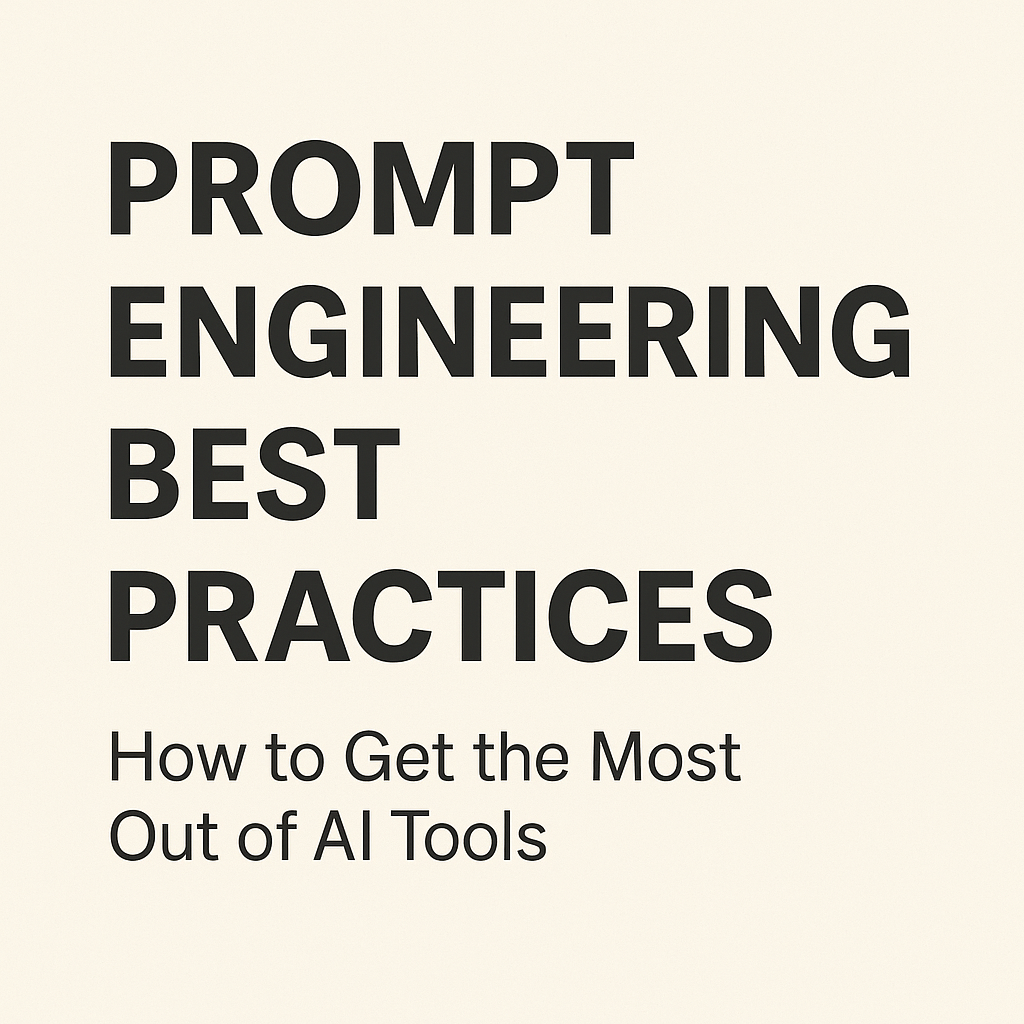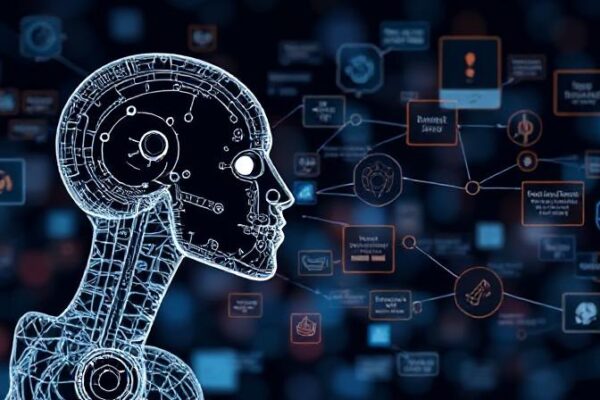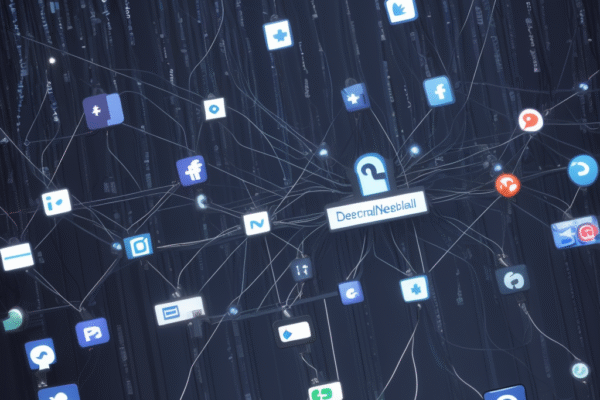
🚀 How to Deploy a Flask App on Google Cloud for Free (with SSL, CI/CD & Monitoring)
🔥 Why Deploy a Flask App on Google Cloud? If you’re looking to deploy a…

🔥 Why Deploy a Flask App on Google Cloud? If you’re looking to deploy a Flask app on Google Cloud in a secure, scalable, and cost-efficient way — this guide is your one-stop resource. Whether you’re building a startup MVP or launching a side project, you’ll learn how to: And yes — it costs you…

Prompt engineering is the secret sauce behind effective AI interactions. Whether you’re using ChatGPT, Claude, or any other large language model (LLM), how you craft your prompt directly influences the accuracy and relevance of the response. In this post, we’ll cover the top prompt engineering best practices, complete with examples and tips to boost your…

Prompt Crafting : [subject] [action] [environment] [lightning] [modifiers] Ex. An anthropomorphic raccoon drinking coffee in a cafe at sunset, 2D comic illustration

Below is a list of use cases for each key capability of the Google Cloud Natural Language API, providing a solid sense of how it can be applied across different industries and problem domains. 1. Entity Recognition What it does: Identifies and classifies named entities in text (e.g., people, organizations, places). Use Cases: 2. Sentiment…

Summary Link Google Cloud products Google Cloud Products AI and Machine learning products AI & ML Products Autonomous Data and AI Platform Data analytics and AI Solutions Cloud Tensor Processing Units (TPUs) TPU BigQuery BQML BQML IntroductionBigQuery Syntax Natural Language Processing Natural Language API Basics APIs AI APIs for Google Cloud AI Development Options Introduction…

Introduction to Machine Learning Machine learning (ML) has emerged as a cornerstone of technological innovation in today’s rapidly evolving digital landscape. Often referred to as the “new AI,” ML involves algorithms that learn patterns from data and make decisions or predictions without explicit programming. At its core, ML is about enabling systems to improve their…

Introduction to Fintech Regulatory Frameworks In today’s digital age, financial services have evolved rapidly with the advent of FinTech, short for financial technology. From mobile banking apps to blockchain and cryptocurrency, FinTech has revolutionized how we handle money. However, as these technologies proliferate, so do the rules governing their use—these are known as Fintech Regulatory…

Introduction to Quantum Computing In simple terms, quantum computing is a type of computing that uses quantum-mechanical phenomena, such as superposition and entanglement, to perform operations on data. While traditional computers use bits (0s and 1s) to process information, quantum computers use qubits, which can exist in multiple states simultaneously. This unique property allows quantum…

Introduction to Decentralized Social Networks Imagine a world where your social interactions are not governed by a central authority like a website or government but instead rely on a network of individuals who collectively validate and distribute information. This concept might sound futuristic, but it’s already happening today through decentralized social networks. In this article,…

Introduction to Genetic Blueprints and Cognitive Enhancement Imagine a world where your brain could be customized to enhance its capabilities. That’s the basic idea behind genetic blueprints for cognitive enhancement—a concept that blends genetics, neuroscience, and artificial intelligence to unlock our full potential. By understanding and manipulating the biological building blocks of the mind, we…